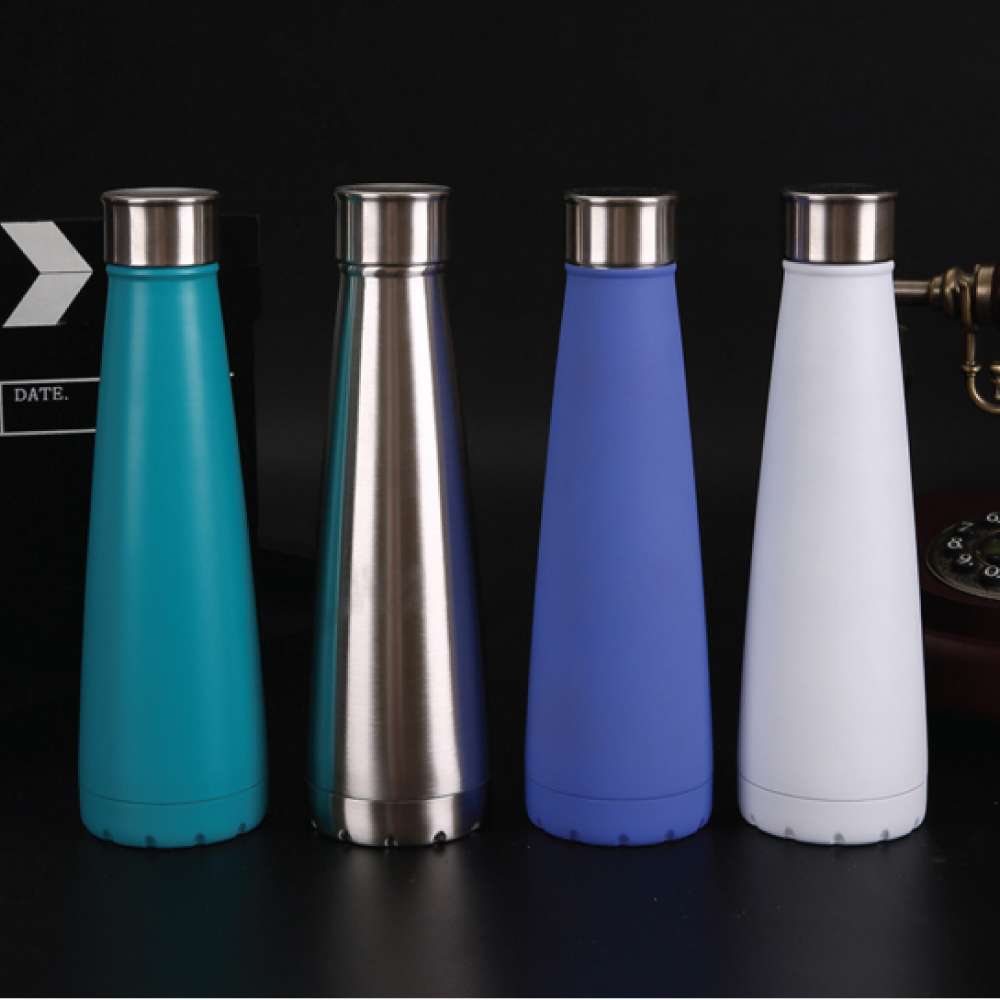Understanding the Standardized Field Sobriety Tests in Drunk Driving Cases
 All too often in the world of criminal defense drunk driver representation, attorneys who do not concentrate in drunk driving defense will take on winnable drinking and driving cases and advise their clients to plead guilty. In many cases, the reason for this bad advice is based on an erroneous interpretation of the police report generated by the arresting officer. Contained within the report will undoubtedly be the officer’s rendition of the client’s performance of the officer’s field sobriety tests. Knowing and understanding the science behind the standardized tests, as well as the validity of the tests is vital to a successful defense for your client accused of drinking and driving.
All too often in the world of criminal defense drunk driver representation, attorneys who do not concentrate in drunk driving defense will take on winnable drinking and driving cases and advise their clients to plead guilty. In many cases, the reason for this bad advice is based on an erroneous interpretation of the police report generated by the arresting officer. Contained within the report will undoubtedly be the officer’s rendition of the client’s performance of the officer’s field sobriety tests. Knowing and understanding the science behind the standardized tests, as well as the validity of the tests is vital to a successful defense for your client accused of drinking and driving.
WHAT IS STANDARDIZED FIELD SOBRIETY TEST?
The United States Government, through the National Highway Traffic Safety Administration (NHTSA) has sponsored various studies and academic research to develop a uniform and relatively simple means to determine intoxication through a performance of tests. The purpose of this sponsorship was to provide police officers investigating drunk driving cases the ability to determine, as well as evidence, whether or not a drinking and driving suspect was under the influence of alcohol. The results of these efforts are the “Standardized Field Sobriety Tests,” commonly known as SFST’s.
The SFTS’s consist of three specific physical tests, which taken together are alleged to show a high likelihood that an individual’s blood alcohol content is over the legal limit. Specifically, these tests include the Walk and Turn, One-Leg Stand, and Horizontal Gaze Nystagmus Test.
THE HORIZONTAL GAZE NYSTAGMUS TEST
The Horizontal Gaze Nystagmus (HGN) Test is the test which the officer puts his or her finger in front of the suspect’s eyes and waives them around. Unfortunately for many drunk driving defendants, their lawyers do not understand how the officer is supposed to properly perform the test, nor do they realize what the officer is looking for. Nystagmus is an abnormal jerky movement of the eye. There is some questionable academic literature which finds that people with blood alcohol levels over the legal limit will have the presence of nystagmus in their eyes.
Prior to the performance of the test, the officer is required to check for “equal tracking” of the eyes by moving their finger or another object quickly across the face of the drunk driving suspect. Equal tracking means that the eyes have to move in uniform and at the same speed. Next, the officer is required to check to make sure the drinking and driving suspect’s pupils are of equal size. Finally, the officer is required to ask questions to the suspect regarding having any ailments which may result in a false positive on the HGN test.
The actual HGN test is then performed. The test itself consists of a six point system in which three different tests are performed on each eye, and if the sum of failed tests equals four or more points, the suspect is considered to have failed the test. Here are the tests as follows:
LACK OF SMOOTH PURSUIT – The officer moves the object slowly but steadily from the center of the subject’s face towards the left ear. The left eye should smoothly follow the object, but if the eye exhibits nystagmus, the officer notes the clue. The officer then checks the right eye.
DISTINCT NYSTAGMUS AT MAXIMUM DEVIATION – Starting again from the center of the suspect’s face, the officer moves the object toward the left ear, bringing the eye as far over as possible, and holds the object there for four seconds. The officer notes the clue if there is a distinct and sustained nystagmus at this point. The officer holds the object at maximum deviation for at least four seconds to ensure that quick movement of the object did not possibly cause the nystagmus. The officer then checks the right eye. This is also referred to as “end-point” nystagmus.
ANGLE OF ONSET OF NYSTAGMUS PRIOR TO FORTY-FIVE DEGREES – The officer moves the object at a speed that would take about four seconds for the object to reach the edge of the suspect’s left shoulder. The officer notes this clue if the point or angle at which the eye begins to display nystagmus is before the object reaches forty-five degrees from the center of the suspect’s face. The officer then moves the object towards the suspect’s right shoulder. For safety reasons, law enforcement officers usually use no apparatus to estimate the forty-five degree angle. Generally, forty-five degrees from center is at the point where the object is in front of the tip of the subject’s shoulder.
THE ONE-LEG STAND
In the One-Leg Stand test, the impaired driving suspect is instructed to stand with one foot approximately six inches off the ground and count aloud by thousands (One thousand-one, one thousand-two, etc.) until told to put the foot down. The officer times the subject for 30 seconds. The officer looks for four indicators of impairment, including swaying while balancing, using arms to balance, hopping to maintain balance, and putting the foot down.
WALK AND TURN TEST
In the Walk and Turn test, the DUI subject is directed to take nine steps, heel-to-toe, along a straight line. After taking the steps, the suspect must turn on one foot and return in the same manner in the opposite direction. The police officer is required to look for eight indicators of impairment: if the suspect cannot keep balance while listening to the instructions, begins before the instructions are finished, stops while walking to regain balance, does not touch heel-to-toe, steps off the line, uses arms to balance, makes an improper turn, or takes an incorrect number of steps.
CHALLENGING THE OFFICER’S FINDINGS OF THE SUSPECT’S FAILURE TO PROPERLY PERFORM THE TESTS
It is extremely common for a criminal attorney to receive a police report that indicates that the defendant failed one or more of the field sobriety tests. A well trained criminal lawyer familiar with drunk driving defense will immediately view whether the officer properly documented the SFST’s in the report. For instance, it is routine that the officer in performing the HGN test will simply note on the report that the defendant failed the test. What the report is silent on is exactly what steps of the HGN analysis did the defendant fail, which points of failure were attributed to which eye, was the pretest routine followed, etc…… Recognizing these issues will allow the criminal attorney to crush the officer’s credibility regarding the SFST’s at the drunk driving trial.
USING THE VIDEO OF THE STOP TO THE DEFENDANT’S ADVANTAGE
Hopefully the defendant has been charged in a jurisdiction where the police equip their vehicles with cameras which record the stop and administration of the SFST’s. Watching and understanding the video is an absolute necessity to properly defending the dunk diving case. Further, the video will allow the viewing, whether it is the defense attorney or the jury, to see whether the officer actually comported with the NHTSA field sobriety test requirements. Chances are, the officer failed to properly administer one or more of the tests, a fact which should be reiterated over and over to the jury.
IF THE SFST’S ARE INCORRECTLY PERFORMED
A major issue that arises in many drunk driving cases is that the officer fails to perform one or more of the SFST’s or that tests are not correctly performed. A competent criminal defense attorney should recognize that if this is the situation, a motion to suppress based on the ruling of Daubert v Merrell Dow Pharmaceuticals, Inc., 509 US 579 (1993) as well as their own State’s interpretation of Federal Rules of Evidence 702. Basically, the argument is that the SFST’s are not scientifically valid if performed incorrectly. In order to be performed correctly, all three SFST’s must be performed precisely as described by the NHTSA.
NON-STANDARDIZED FIELD SOBRIETY TESTS
Although the officers involved in any drinking and driving investigation should have been trained to use the three SFST’s, for reasons unknown, officers apply additional tests during the course of the investigation in order to bolster the allegations that the drunk driving suspect is intoxicated. For example, officers will use everything from requiring the suspect speak the alphabet to forcing the stating of the months of the year. It is extremely important that the defendant’s criminal attorney understand that these tests have little to no scientific basis and should not be allowed into evidence at the trial. As with incorrectly performed SFST’s, non-standardized tests should be excluded per the Daubert and FRE 702 analysis.
CONCLUSION
The drunk driving charge is both the most common and most complex type of criminal case one may face. Because of the sheer volume of these types of charges, many unscrupulous or inexperienced attorneys will claim to handle drinking and driving cases. However, far fewer lawyers actually have taken the time and effort to truly understand the complex issues involved. The SFST’s are a prime example of this. Many cases can be won with a successful attack of the SFST’s. This attack should come prior to trial with detailed cutting edge Daubert Motions and with searing cross-examination at trial. If you are charged with a drunk driving, ask your lawyer about these issues and if they don’t know what you are talking about, get a drunk driving lawyer. If you are a lawyer handling a drinking and driving case, know these issues and go win the case!!!





